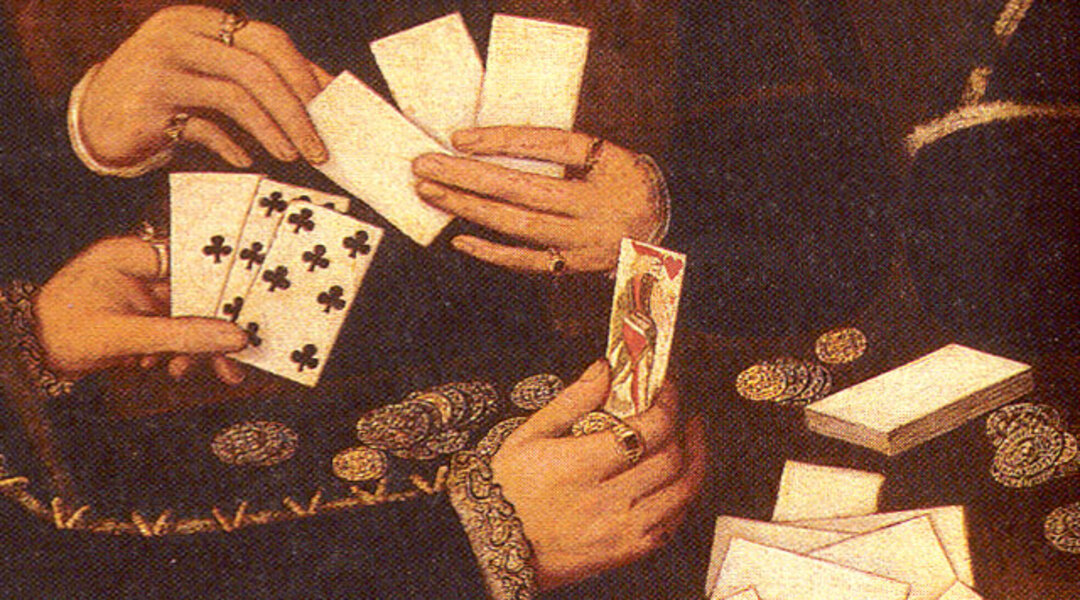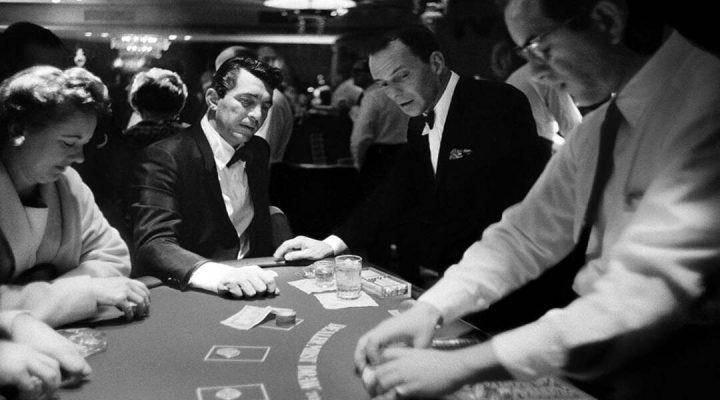History of Blackjack: From Origins to Global Fame

Blackjack stands as one of the most popular and enduring card games in casinos worldwide. Known for its blend of strategy, chance, and simplicity, blackjack has captivated players for centuries. To understand its allure and how it evolved into the game we know today, let’s explore its history of blackjack, the journey that led to its current form, and the fascinating story behind its name.
Early Origins of Blackjack
The origins of blackjack are often traced back to the early 17th century, with roots found in Europe. A game called “vingt-et-un,” French for “21,” emerged in French gambling circles during the reign of King Louis XV. This game, believed to be a direct ancestor of modern blackjack, had similar rules: players aimed to reach a total of 21 points without exceeding it. Although “vingt-et-un” shares many similarities with today’s blackjack, certain gameplay elements, such as betting styles and rules regarding splits and doubles, have evolved over time.
In Spain, a similar game called “One and Thirty” also gained popularity during this period. Players aimed to reach 31 points with a minimum of three cards, a rule that introduced an early variant of strategy into card games. This Spanish version influenced the development of card games across Europe and likely contributed to the evolution of blackjack as it spread across the continent.
Blackjack in America: 19th Century Innovations
The game made its way to North America in the 1800s, where gambling houses and riverboat casinos began hosting versions of “21.” Unlike its European predecessor, the American version saw various rule adaptations and incentives to attract players. One prominent strategy was the creation of unique bonuses, especially for achieving specific card combinations. One such combination—a jack of spades or clubs with an ace of spades—was initially offered with a payout of 10-to-1 odds. This specific hand became known as “blackjack,” giving rise to the game’s modern name, though the special payout rule eventually faded.
The shift from “21” to “blackjack” also coincided with increased regulation in American gambling circles. Nevada’s legalization of gambling in 1931 transformed blackjack into an essential part of the casino landscape, establishing it as a staple game in Las Vegas. By the mid-20th century, blackjack tables were common fixtures in casinos across the United States, and players embraced the game for its relatively straightforward rules and its exciting balance of luck and skill. Key Features of Early Blackjack in America:
- Bonus Payouts: Unique 10-to-1 payout for specific hands.
- Adapted Rules: Various adjustments to appeal to the American audience.
The Rise of Blackjack Strategies
Blackjack’s popularity continued to grow throughout the 20th century, largely due to the introduction of mathematical strategies and systems for gameplay. In 1956, a group of four U.S. Army engineers published a study on blackjack, presenting what is widely considered the first mathematically sound strategy for the game. Their findings marked the beginning of card-counting techniques, which would later revolutionize how people approached blackjack.
The game changed again in 1962, when mathematician Edward O. Thorp published Beat the Dealer, a book that introduced the card-counting strategy to a wider audience. Thorp’s work demonstrated that by keeping track of cards, players could improve their odds of winning, making blackjack one of the few casino games where strategy could influence outcomes. This method quickly gained popularity, and casinos responded by altering rules, introducing multiple decks, and reshuffling more frequently to make card counting more challenging.
Blackjack Today: A Global Phenomenon

Today, blackjack is enjoyed in casinos around the world, from Monte Carlo to Macau, and has even secured a prominent place in online gaming. The game’s straightforward goal of reaching a score of 21 without busting appeals to seasoned gamblers and beginners alike. Modern blackjack has several variants, including European Blackjack, Atlantic City Blackjack, and Spanish 21, each with slight rule changes that offer unique twists on the classic format. Popular Blackjack Variants:
- European Blackjack – No hole card; the dealer stands on soft 17.
- Atlantic City Blackjack – Dealer checks for blackjack; players can surrender.
- Spanish 21 – Special bonuses for certain hands, no “10” cards in the deck.
| Year | Estimated Revenue Share in U.S. Casinos | Online Market Value (Global) |
|---|---|---|
| 2018 | 22% | $2.4 billion |
| 2023 | 24% | $3 billion |
Why Blackjack Is Here to Stay
The game’s blend of luck, skill, and history of blackjack creates an experience that players find both engaging and rewarding. The concept of achieving 21—a mix of mathematics and psychology—continues to attract new generations, while its simplicity allows players to jump in with minimal knowledge. The appeal of blackjack also lies in its relatively low house edge; with the right strategies, the house advantage can be reduced to less than 1%, making blackjack one of the most player-friendly games in any casino.
Ultimately, blackjack has evolved far beyond its European origins, transcending borders, cultures, and technological barriers to become a true global classic. Whether played in the glitzy casinos of Las Vegas, on a smartphone app, or in a friendly home game, blackjack’s fascinating Blackjack history and engaging gameplay ensure its place in the world of gaming for years to come.
Conclusion
Blackjack’s journey from a French parlor game to a global casino staple is a testament to its enduring appeal and adaptability. With roots stretching back to the 17th century, blackjack has evolved in response to player preferences, strategic innovations, and changing casino regulations. Today, its unique mix of chance and skill, combined with a low house edge, continues to attract players of all skill levels, from casual gamers to dedicated strategists. As it continues to thrive both online and in traditional casinos worldwide, blackjack remains a game that blends historical charm with modern excitement, ensuring it will entertain and challenge players for generations to come.